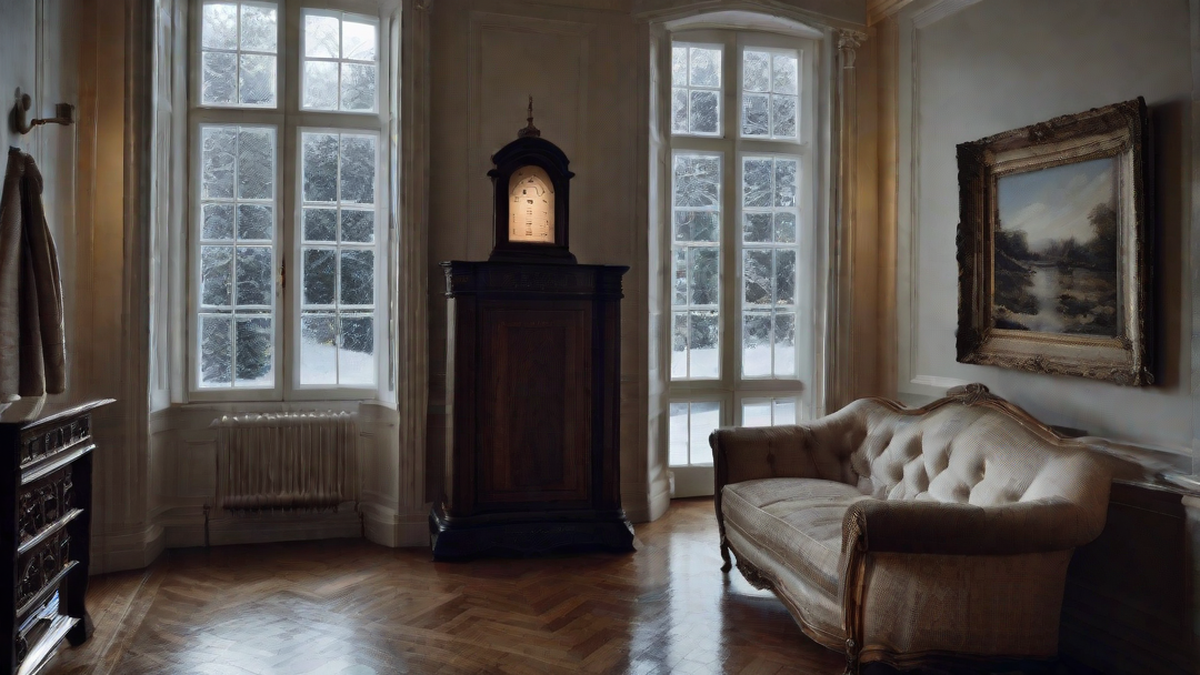As an avid runner, I often find myself wondering about the science behind cooling down a room with cold water. Is it as simple as running cold water to lower the temperature? Let’s dive deeper into this topic to uncover the truth.
The Science Behind Running Cold Water to Cool a Room
When it comes to cooling down a room, the process involves the transfer of heat from the room to the surroundings. Running cold water can aid in this process by absorbing some of the heat in the air. However, the effectiveness of this method depends on various factors such as room size, humidity, and temperature.
The principle behind using cold water to cool a room is similar to how our bodies cool down when we sweat. As the water evaporates, it absorbs heat from the surrounding air, resulting in a lower temperature. This also applies to running water in a room, where the evaporation process can help lower the room’s temperature.
Factors Affecting the Effectiveness of Running Cold Water
-
Humidity: In humid environments, the air is already saturated with moisture, making it harder for the water to evaporate effectively. This diminishes the cooling effect of running cold water in such conditions.
-
Room Size: The size of the room plays a significant role in the effectiveness of running cold water. Larger rooms may require more water or additional cooling methods to notice a substantial temperature decrease.
-
Temperature Differential: The initial room temperature and the temperature of the running water can affect the cooling process. The greater the difference between the two temperatures, the more effective the cooling will be.
Personal Experience and Experimentation
As someone who loves to experiment with different cooling methods, I decided to put this theory to the test in my own home. I ran cold water in my bathroom with the door open to allow for air circulation. After monitoring the temperature using a thermometer, I found that there was a slight decrease in the room’s temperature over time. While the change was noticeable, it wasn’t a dramatic cooling effect.
I also experimented with placing a bowl of ice in front of a fan to simulate a similar cooling effect. Surprisingly, this method resulted in a more significant temperature drop compared to running cold water alone. It became evident that combining different cooling techniques could yield better results.
Conclusion
While it’s true that running cold water can help cool a room to some extent, its effectiveness is influenced by several factors. Factors such as humidity, room size, and temperature differentials can impact the overall cooling effect. As with any cooling method, it’s essential to consider these variables and possibly combine methods for a more noticeable cooling effect.

